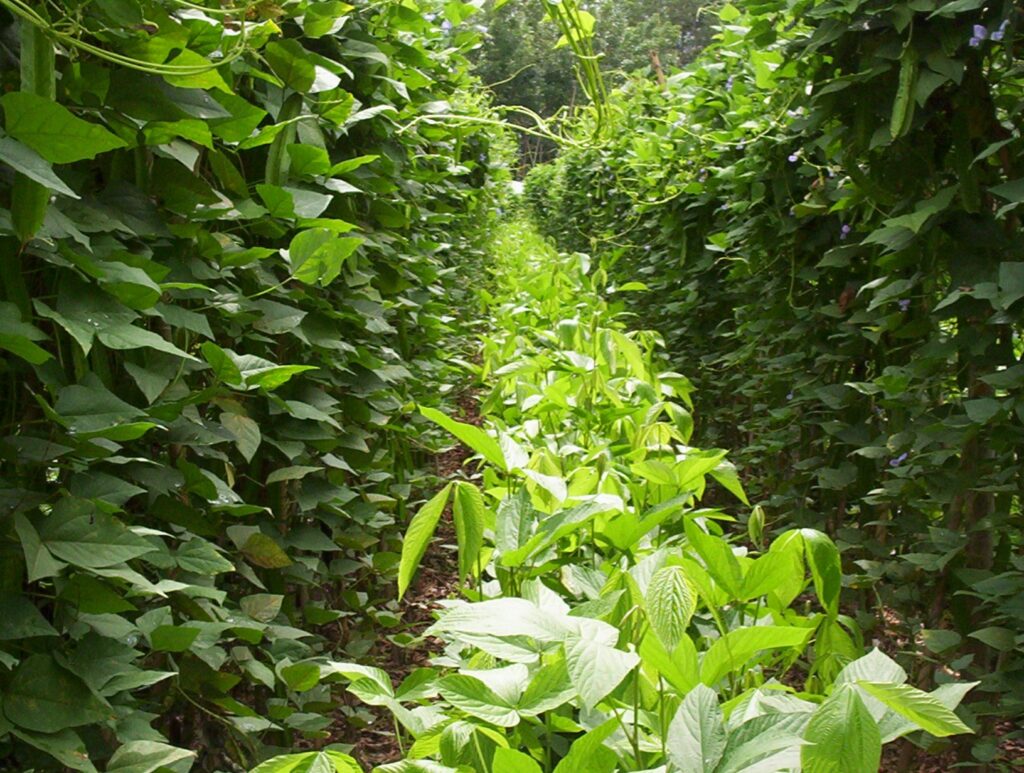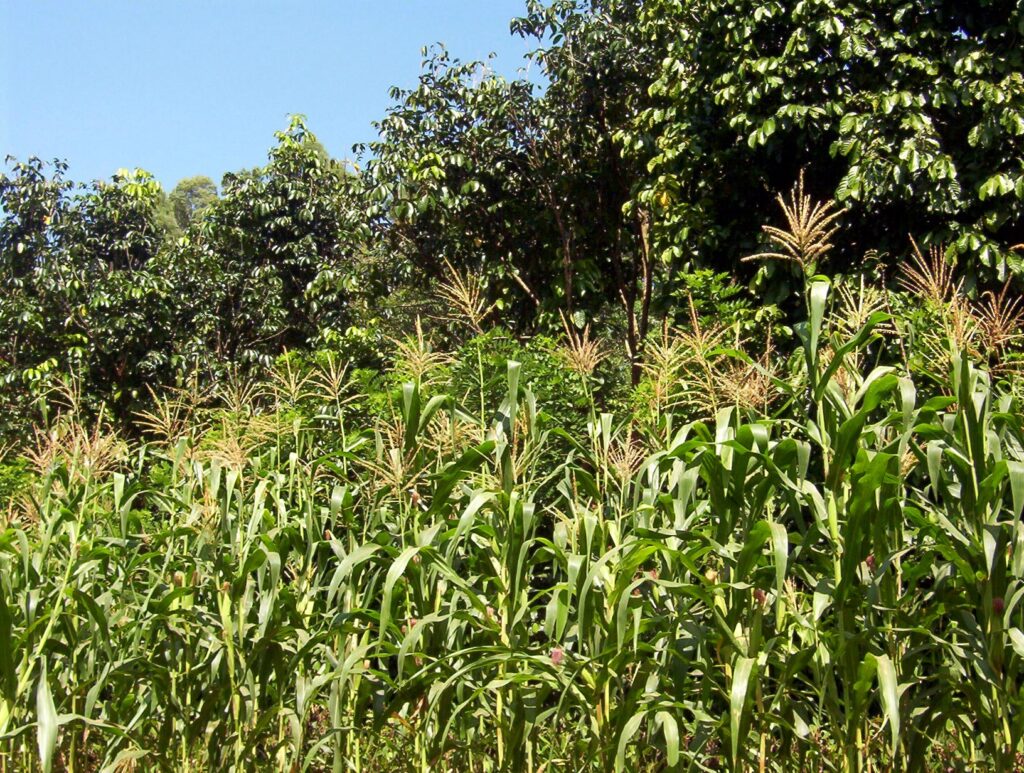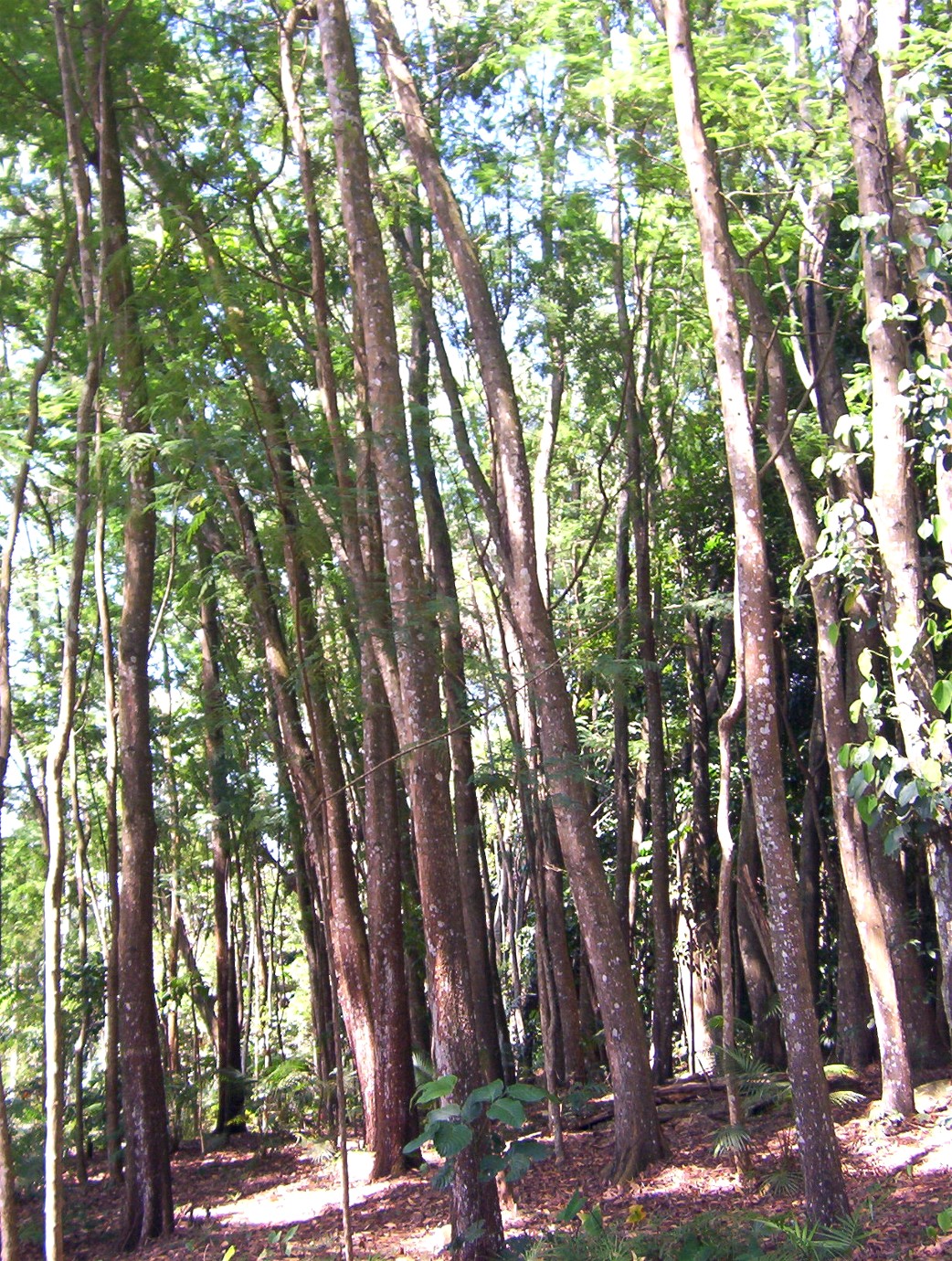Written by Henrylito D. Tacio
“I think that I shall never see, a poem lovely as a tree,” wrote Joyce Kilmer in what is touted to be his most remembered poem. But if he had to rewrite it again and see the situation in the Philippines, he might write these words: “I think that I shall never see, not even a single standing tree.”
While the Philippines is grappling in its fight against the dreaded coronavirus disease 2019 (COVID-19), it continues its battle against the disappearance of its natural resources, particularly the forests that support life and make the country the “Pearl of the Orient Seas.”
During the onslaught of Typhoon Ulysses, residents of Cagayan Valley in Northern Luzon were caught by surprise when massive water inundated their place. In some areas, floodwater reached over 13 meters high, making some towns totally submerged and leaving thousands of residents stranded.
Blamed for the sudden surge of water was due to the release of floodwaters from Magat Dam in Isabela. But probing deeper, some environmentalists traced the problem to deforestation.
“Beyond the dam, the principal culprit is the massive deforestation of our watershed areas which serve to regulate the release of rainwater from our hills and mountains, and the decimation of so many trees in our communities which function to increase the absorptive capacity of our grounds,” wrote Joel Ruiz Butuyan in a Philippine Daily Inquirer feature.

When nature strikes back, Filipinos should better watch out.
Rev. Harold R. Watson, a former American agriculturist helping the locals in Mindanao, agreed. “When man sins against the earth, the wage of that sin is death or destruction,” he explained. “This seems to be the universal law of God and relates to all of God’s creation. We face the reality of what man’s sins against the earth have caused. We are facing not a mere problem; we are facing destruction and even death if we continue to destroy the natural resources that support life on earth.”
It is impossible to exaggerate the ecological crisis that is now happening in the country. More than 90 years ago, the Philippines was almost completely covered with forest resources distributed throughout 30 million hectares.
“From the late 1950s through 1973, deforestation in the Philippines reached 172,000 hectares per year. Virgin forests have been especially hard hit, declining by 1.7 million hectares from 1971 to 1980 alone,” wrote Robert Repetto in his book, The Forest for the Trees? Government Policies and the Misuse of Forest Resources.
Timber concessionaires were allowed to cut trees in rainforests with naturally-grown trees.
A few years before his death, national scientist Dr. Dioscoro Umali deplored: “Over the last 25 years, we sold over 101.6 million cubic meters of prime logs abroad. We subsidized developed countries with cheap timber. Rough estimates indicate that exports reached over US$6 billion. Much of that income was salted abroad. It never benefitted those who live in forest communities.”
Today, the Philippines is almost devoid of its forest cover. According to the Food and Agriculture Organization (FAO) of the United Nations, 25.7 percent or about 7,665,000 hectares of the country’s total land area of 30 million hectares is forested. Of this, 11.2 percent (861,000) hectares) is classified as a primary forest.
Between 1990 and 2010, the Philippines lost an average of 54,750 hectares or 0.83% annually. “Most of the (Philippines’) once-rich forests are gone,” said the FAO publication, Sustainable Forest Management. “Forest recovery, through natural and artificial means, never coped with the destruction rate.”
To help the problem of deforestation – and its aftermath, which includes soil erosion and low crop production – the Mindanao Baptist Rural Life Center (MBRLC) Foundation, Inc. developed a two-hectare farming technology called Sustainable Agroforest Land Technology (SALT 3).
Actually, SALT 3 is a modification of the original one-hectare Sloping Agricultural Land Technology (SALT 1). SALT 2, or Small Agro-Livestock Technology, refers to raising goats to address the malnutrition problem, which is common among the upland farmers.
In SALT 3, one-hectare is developed for various agricultural crops. Following the SALT 1 principle, different nitrogen-fixing trees and shrubs (like the local “ipil-ipil” and “kakawate” and introduced species such as Flemingia macrophylla, Desmodium rensonii, and Indigofera anil) are planted in double rows, following their natural contour.
“The principle of SALT is the same as that used by the Ifugao tribes in Mountain Province,” explains MBRLC Director Jethro P. Adang. “All we are doing is using various nitrogen-fixing trees and shrubs instead of rocks.”
When the rows of vegetation are 1.5 to 2 meters tall, they are cut back to about 40 centimeters. The tops are piled in the 3- to 5-meter alleys where crops are grown. “The leaves of the shrubs make excellent nitrogen-rich fertilizer and also adds (the) organic matter of the soil,” Adang points out.
In the SALT scheme, you find a mix of permanent crops, cereals, and vegetables. Every third strip of available land is normally devoted to permanent crops like cacao and coffee. A combination of various cereals (corn, upland rice, and sorghum) and vegetables (string beans, cucumber, squash, etc.) are planted on the remaining two strips of land.
To make the soil sustainable, MBRLC recommends crop rotation. For instance, those strips planted with cereals earlier are planted with peanuts or winged beans in the next cropping. “Crop rotation helps to preserve the regenerative properties of the soil and avoid the problems of infertility typical of traditional agricultural practices,” Adang says.
Multistory cropping is also practiced (planting black pepper, corn, and lanzones together in one hedge). In waterlogged areas, gabi, kangkong, and other water-loving crops are planted. “We all do these to make use of all the available spaces of the farm,” Adang says.

“Some of the crops should be planted to feed the farmer’s family, while other crops are grown for sale, so family income is well spread out over the season,” explains Adang. “Every week or every month, there’s always something to harvest. The system can, in fact, raise the family income threefold.”
One foreign consultant who came to see the agricultural component commented: “The system provides great stability (in both economic and ecological terms) and appears to conserve soil very well in the process of growing useful plants.”
However, MBRLC encourages that only one hectare is planted for crops. This is where the farmer will concentrate more as years go by. However, the farm’s upper portion is planted with different trees, which are native to the area.
Adang talked about “tree time zones” of 1-5, 6-10, 11-15, and 16-20 years, within which progressively more valuable products are harvested. Some very valuable trees could be left longer, and he dubs this “the grandchild project – plant something for your grandchildren.”
Among the tree species planted in the SALT 3 model farm are bamboo, Sesbania sesban, “ipil-ipil,” Acacia auriculiformis, and A. mangium, Swietenia macrophylla, Pterocarpus indicus (more popularly known as narra), and Samanea saman (rattan is planted below it). Some of these are planted basically for fuelwood, while others are for furniture purposes.
“By planting trees, we help stabilize the farm,” Adang points out. “In addition, trees are one of nature’s most efficient weapons to tie down steep hillsides, check the growth of big gullies, stabilize unsteady stream banks, and screen cultivated fields from harmful winds. But with thin forests tying down the mountain soil, floods are inevitable.”
The incessant “flooding problems,” which the country faces every now and then, admitted then-President Beningo Aquino III in his 2011 State of the Nation Address, “are caused by incessant and illegal cutting down of trees.”
So, even at the end of the world, Filipinos are urged to plant trees – even in their farms. “A person without children would face a hopeless future; a country without trees is almost as helpless,” American President Theodore Roosevelt reminded.
SALT 3 is a good start. In 1991, the MBRLC was recognized by the UN Food and Agriculture Organization with a World Food Day Silver Medal “in recognition of the contribution to mobilizing people’s participation in tree planting and sustainable forest resources management.”
In the words of a Native American proverb, “Only when the last tree has been cut, the last river poisoned, and the last fish caught will we realize we can’t eat money.”

